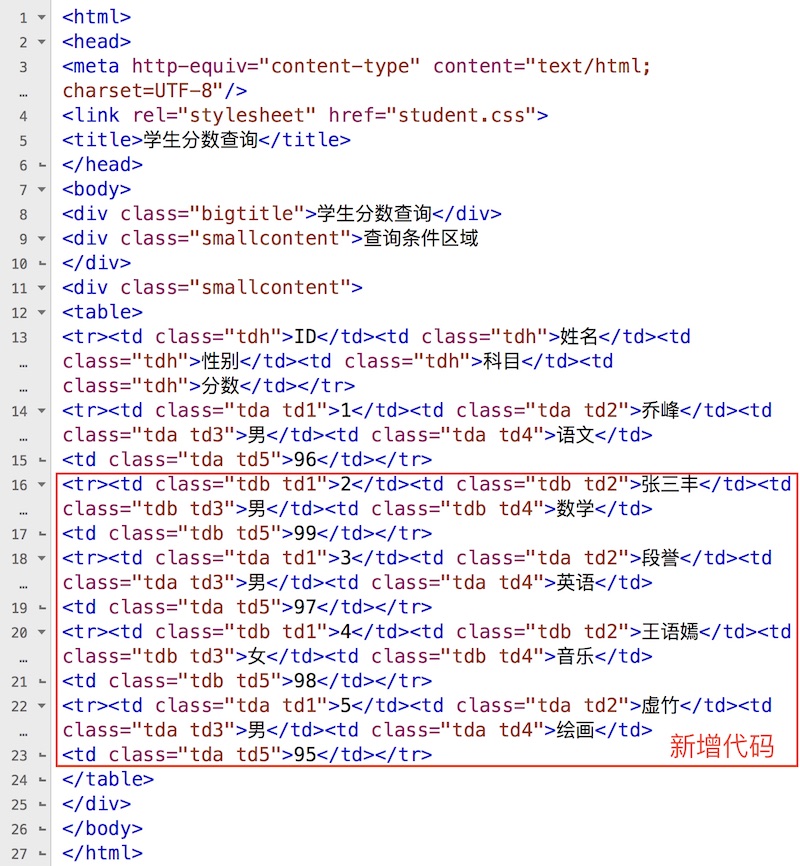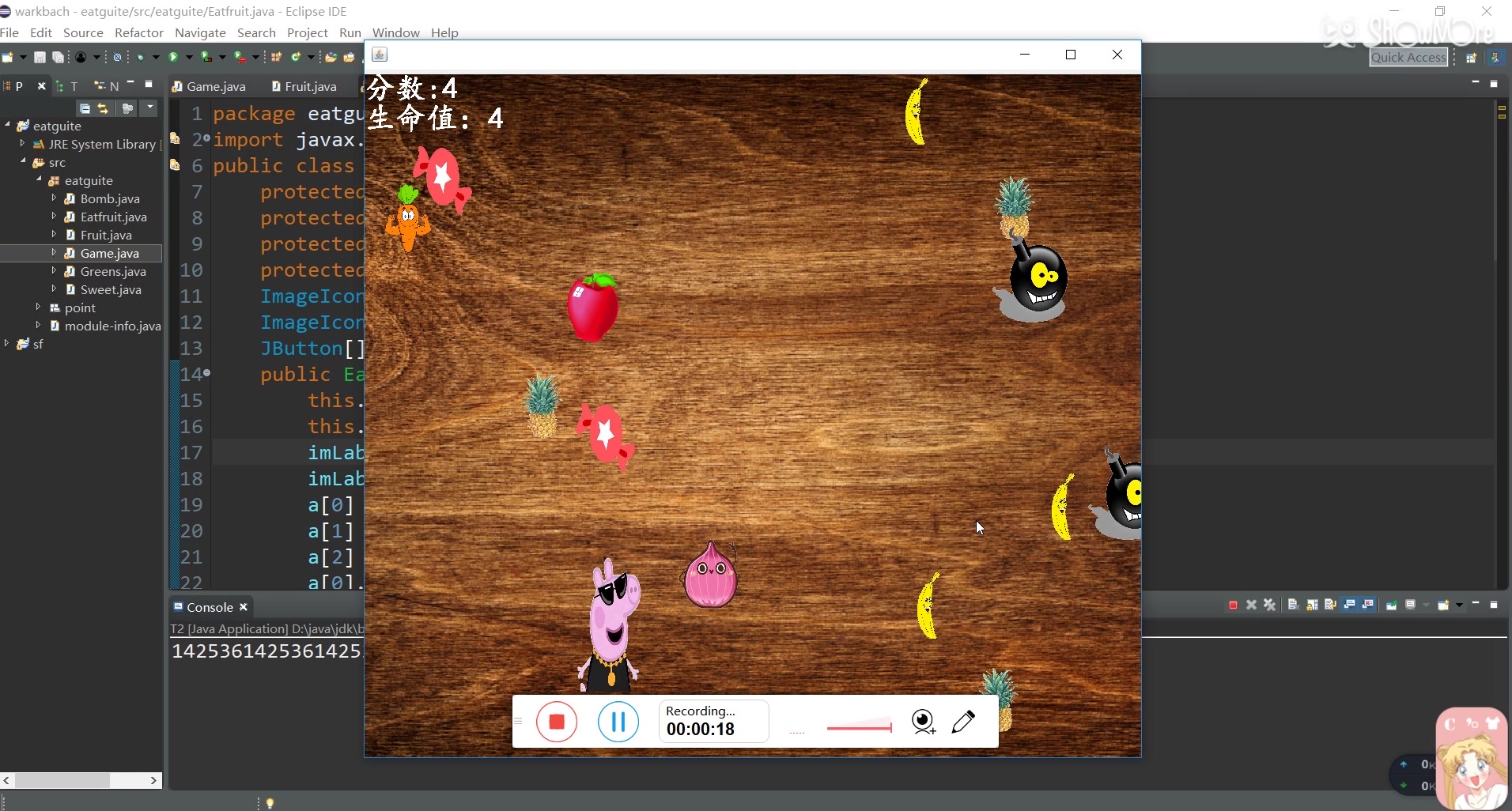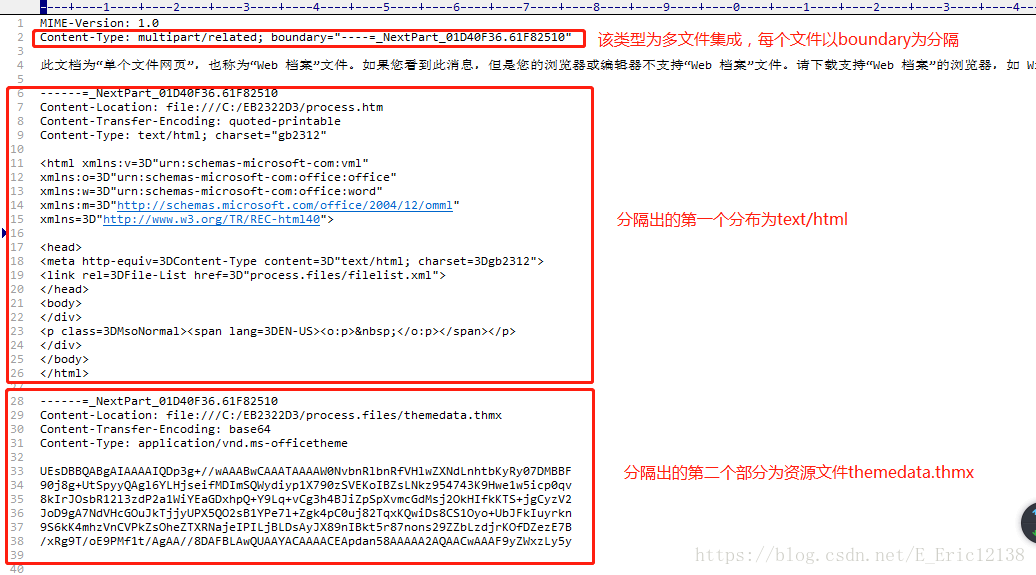上一篇
怎么在java算法里面插入声音
- 后端开发
- 2025-07-30
- 5
Java算法中插入声音,可以使用
javax.sound.sampled包,通过加载音频文件为
AudioInputStream,然后使用
Clip类播放声音。,“`java,import javax.sound.sampled.;,public class SoundExample {, public static void main(String[] args) {, try {, AudioInputStream audioIn = AudioSystem.getAudioInputStream(new File(“sound.wav”));, Clip clip = AudioSystem.getClip();, clip.open(audioIn);, clip.start();, } catch (Exception e) {, e.printStackTrace();, }, },
Java算法中插入声音,通常涉及到使用Java的音频处理库或API来播放、录制或处理音频数据,以下是一些在Java算法中插入声音的方法和步骤:
使用Java Sound API
Java Sound API是Java平台自带的音频处理库,可以用来播放、录制和处理音频数据,以下是一个简单的例子,展示如何在Java算法中插入并播放声音:
import javax.sound.sampled.;
import java.io.File;
import java.io.IOException;
public class SoundExample {
public static void main(String[] args) {
// 指定音频文件路径
String filePath = "path/to/your/audiofile.wav";
// 创建AudioInputStream对象
try (AudioInputStream audioInputStream = AudioSystem.getAudioInputStream(new File(filePath))) {
// 获取音频格式
AudioFormat format = audioInputStream.getFormat();
// 定义数据行信息
DataLine.Info info = new DataLine.Info(Clip.class, format);
// 检查系统是否支持该数据行
if (!AudioSystem.isLineSupported(info)) {
System.out.println("Audio line not supported");
return;
}
// 打开音频线路
Clip clip = (Clip) AudioSystem.getLine(info);
// 将音频数据写入剪辑
clip.open(audioInputStream);
// 播放音频
clip.start();
// 等待音频播放完毕
while (!clip.isRunning())
Thread.sleep(10);
while (clip.isRunning())
Thread.sleep(10);
// 关闭音频线路
clip.close();
} catch (UnsupportedAudioFileException | IOException | LineUnavailableException | InterruptedException e) {
e.printStackTrace();
}
}
}
使用第三方库(如JavaFX)
JavaFX是Java的一个图形和媒体工具包,可以用于创建富媒体应用程序,包括音频和视频播放,以下是一个使用JavaFX播放音频的示例:
import javafx.application.Application;
import javafx.scene.media.Media;
import javafx.scene.media.MediaPlayer;
import javafx.stage.Stage;
import java.nio.file.Files;
import java.nio.file.Paths;
public class JavaFXSoundExample extends Application {
@Override
public void start(Stage primaryStage) {
// 指定音频文件路径
String filePath = "path/to/your/audiofile.mp3";
// 创建媒体对象
Media media = new Media(Paths.get(filePath).toUri().toString());
// 创建媒体播放器
MediaPlayer mediaPlayer = new MediaPlayer(media);
// 播放音频
mediaPlayer.play();
}
public static void main(String[] args) {
launch(args);
}
}
使用JLayer库播放MP3文件
JLayer是一个纯Java实现的MP3解码库,可以用来播放MP3文件,以下是一个使用JLayer播放MP3文件的示例:
import javazoom.jl.decoder.JavaLayerException;
import javazoom.jl.player.Player;
import java.io.FileInputStream;
import java.io.FileNotFoundException;
public class JLayerExample {
public static void main(String[] args) {
// 指定MP3文件路径
String filePath = "path/to/your/audiofile.mp3";
try (FileInputStream fileInputStream = new FileInputStream(filePath)) {
// 创建播放器对象
Player player = new Player(fileInputStream);
// 播放音频
player.play();
} catch (FileNotFoundException | JavaLayerException e) {
e.printStackTrace();
}
}
}
在算法中集成声音播放
假设你有一个算法,需要在特定条件下播放声音,你可以将上述任意一种方法集成到你的算法中,在一个循环中检测某个条件,当条件满足时播放声音:
public class AlgorithmWithSound {
public static void main(String[] args) {
// 模拟算法中的某个条件
boolean condition = true; // 这里可以替换为实际的条件判断
if (condition) {
// 调用播放声音的方法
playSound("path/to/your/audiofile.wav");
}
}
private static void playSound(String filePath) {
// 使用Java Sound API播放声音
try (AudioInputStream audioInputStream = AudioSystem.getAudioInputStream(new File(filePath))) {
AudioFormat format = audioInputStream.getFormat();
DataLine.Info info = new DataLine.Info(Clip.class, format);
if (!AudioSystem.isLineSupported(info)) {
System.out.println("Audio line not supported");
return;
}
Clip clip = (Clip) AudioSystem.getLine(info);
clip.open(audioInputStream);
clip.start();
while (!clip.isRunning())
Thread.sleep(10);
while (clip.isRunning())
Thread.sleep(10);
clip.close();
} catch (Exception e) {
e.printStackTrace();
}
}
}
FAQs
Q1: 如何在Java中录制声音?
A1: 在Java中录制声音可以使用Java Sound API的TargetDataLine类,以下是一个简单的录制声音的示例:
import javax.sound.sampled.;
import java.io.ByteArrayOutputStream;
import java.io.File;
import java.io.FileOutputStream;
import java.io.IOException;
public class RecordSoundExample {
public static void main(String[] args) {
// 定义音频格式
AudioFormat format = new AudioFormat(44100, 16, 1, true, false);
// 获取目标数据行信息
DataLine.Info info = new DataLine.Info(TargetDataLine.class, format);
// 检查系统是否支持该数据行
if (!AudioSystem.isLineSupported(info)) {
System.out.println("Audio line not supported");
return;
}
// 打开目标数据行
try (TargetDataLine targetDataLine = (TargetDataLine) AudioSystem.getLine(info)) {
targetDataLine.open(format);
targetDataLine.start();
// 创建一个字节数组输出流来存储录制的数据
ByteArrayOutputStream byteArrayOutputStream = new ByteArrayOutputStream();
byte[] buffer = new byte[4096];
int bytesRead;
// 录制5秒钟的音频
long startTime = System.currentTimeMillis();
while (System.currentTimeMillis() startTime < 5000) {
bytesRead = targetDataLine.read(buffer, 0, buffer.length);
byteArrayOutputStream.write(buffer, 0, bytesRead);
}
// 将录制的数据写入文件
byte[] audioData = byteArrayOutputStream.toByteArray();
try (FileOutputStream fileOutputStream = new FileOutputStream(new File("recorded_audio.wav"))) {
fileOutputStream.write(audioData);
}
targetDataLine.close();
} catch (LineUnavailableException | IOException e) {
e.printStackTrace();
}
}
}
Q2: 如何在Java中调整音频的音量?
A2: 在Java中调整音频的音量可以通过修改音频数据的样本值来实现,以下是一个简单的示例,展示如何调整音频的音量:
import javax.sound.sampled.;
import java.io.File;
import java.io.IOException;
public class AdjustVolumeExample {
public static void main(String[] args) {
// 指定音频文件路径
String filePath = "path/to/your/audiofile.wav";
// 创建AudioInputStream对象
try (AudioInputStream audioInputStream = AudioSystem.getAudioInputStream(new File(filePath))) {
AudioFormat format = audioInputStream.getFormat();
DataLine.Info info = new DataLine.Info(Clip.class, format);
if (!AudioSystem.isLineSupported(info)) {
System.out.println("Audio line not supported");
return;
}
Clip clip = (Clip) AudioSystem.getLine(info);
clip.open(audioInputStream);
// 获取音频数据并调整音量
float volume = 0.5f; // 调整音量为原来的50%
AudioInputStream adjustedStream = new AudioInputStream(audioInputStream, format, audioInputStream.getFrameLength());
byte[] buffer = new byte[4096];
int bytesRead;
while ((bytesRead = adjustedStream.read(buffer)) != -1) {
for (int i = 0; i < bytesRead; i += 2) {
int sample = (buffer[i] << 8) | (buffer[i + 1] & 0xFF);
sample = volume;
buffer[i] = (byte) (sample >> 8);
buffer[i + 1] = (byte) (sample & 0xFF);
}
adjustedStream.write(buffer, 0, bytesRead);
}
// 播放调整后的音频
clip.open(adjustedStream);
clip.start();
while (!clip.isRunning())
Thread.sleep(10);
while (clip.isRunning())
Thread.sleep(10);
clip.close();
} catch (Exception e) {
e.printStackTrace();
}
}
}









